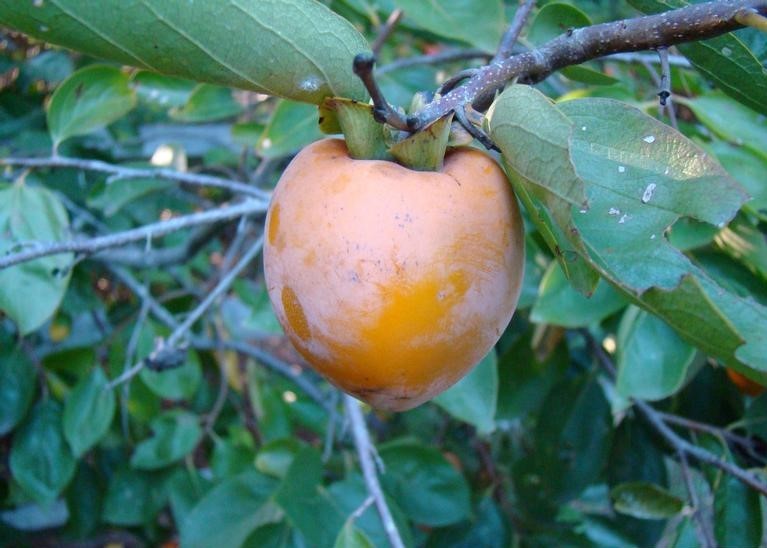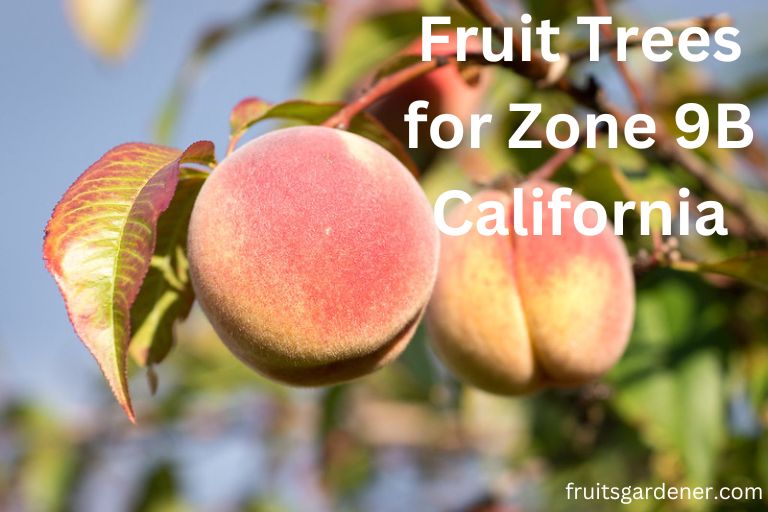This content is for informational purposes only and does not constitute financial, legal, or professional advice. Always consult a certified professional before making financial or investment decisions. As an affiliate, we may earn a commission from qualifying purchases made through links in this post at no extra cost to you.
Pruning is a critical part of fruit tree care. Poor pruning can result in weak, unhealthy trees that produce small, poor-quality fruit. On the other hand, judicious pruning can encourage strong growth and promote high yields of large, flavorful fruits. So When to Prune Fruit Trees Zone 6? The answer depends on what type of fruit tree you have, as well as your climate zone.
In general, most fruit trees are best pruned in late winter or early spring before new growth begins. However, there are some exceptions. If you live in USDA hardiness zone 6 or higher, you can safely prune your fruit trees any time from late fall to early spring without damaging them.
However, if you live in a colder climate (zone 5 or below), it’s best to wait until late winter or early spring to prune so that the wounds have time to heal before the coldest weather sets in. Well, in this article you are going to know about what types of fruit trees need prune and when to prune fruit trees in zone 6.

When to Prune Fruit Trees Zone 6: 18 Type of Fruit Trees That Need to be Pruned
How and when to prune fruit trees zone 6 really matters for fruit trees. Pruning is generally beneficial for most fruit trees to maintain their health, shape, and productivity. In Zone 6, where the average minimum winter temperatures range from -10°F to 0°F (-23°C to -18°C), it is generally recommended to prune fruit trees during late winter or early spring while they are still dormant. The exact timing can vary depending on the specific fruit tree and local climate conditions.
Here are some general guidelines for when to prune different types of fruit trees:
1. Apple Trees:

Pruning apple trees is best done during late winter or early spring while the trees are still dormant. This is typically before new growth begins, usually in February or March in Zone 6. It serves multiple purposes, including shaping the tree, maintaining a balanced structure, and promoting fruit production. It involves removing dead, damaged, or diseased branches, as well as thinning out excess growth to improve air circulation and sunlight penetration.
2. Pear Trees:
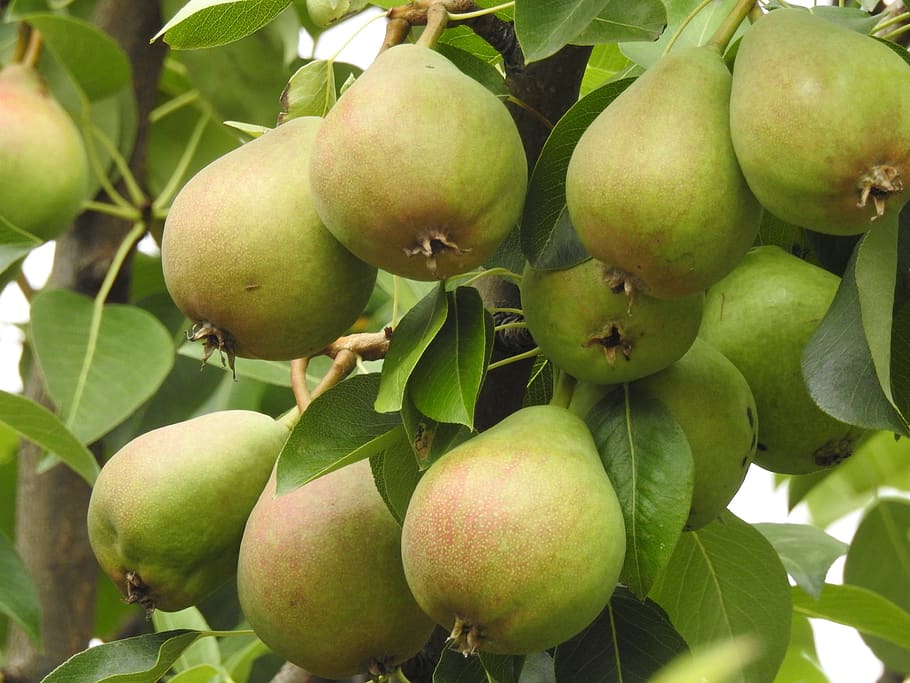
Similar to apple trees, pear trees benefit from pruning to remove dead or diseased wood, improve sunlight exposure, and promote fruiting. Pruning pear trees is typically recommended during late winter or early spring while the trees are still dormant in Zone 6.
This is typically done before the buds start swelling, around February or March. Pruning pear trees serves several purposes, including shaping the tree, maintaining its structure, and promoting fruit production. It involves removing dead, diseased, or damaged branches and thinning out excessive growth to improve air circulation and sunlight penetration.
Proper pruning also helps manage the size of the tree and stimulates the growth of new fruiting wood.
3. Peach Trees:

Pruning peach trees is essential for maintaining their size and shape, promoting airflow, and reducing the risk of diseases. Pruning peach trees is best carried out during late winter or early spring while the trees are still dormant in Zone 6.
This is typically done before the onset of bud break, usually in February or early March. Pruning peach trees serves various purposes, including shaping the tree, managing its size, and promoting optimal fruit production.
It involves removing dead, diseased, or damaged branches and thinning out excess growth to improve air circulation and sunlight penetration.
4. Plum Trees:
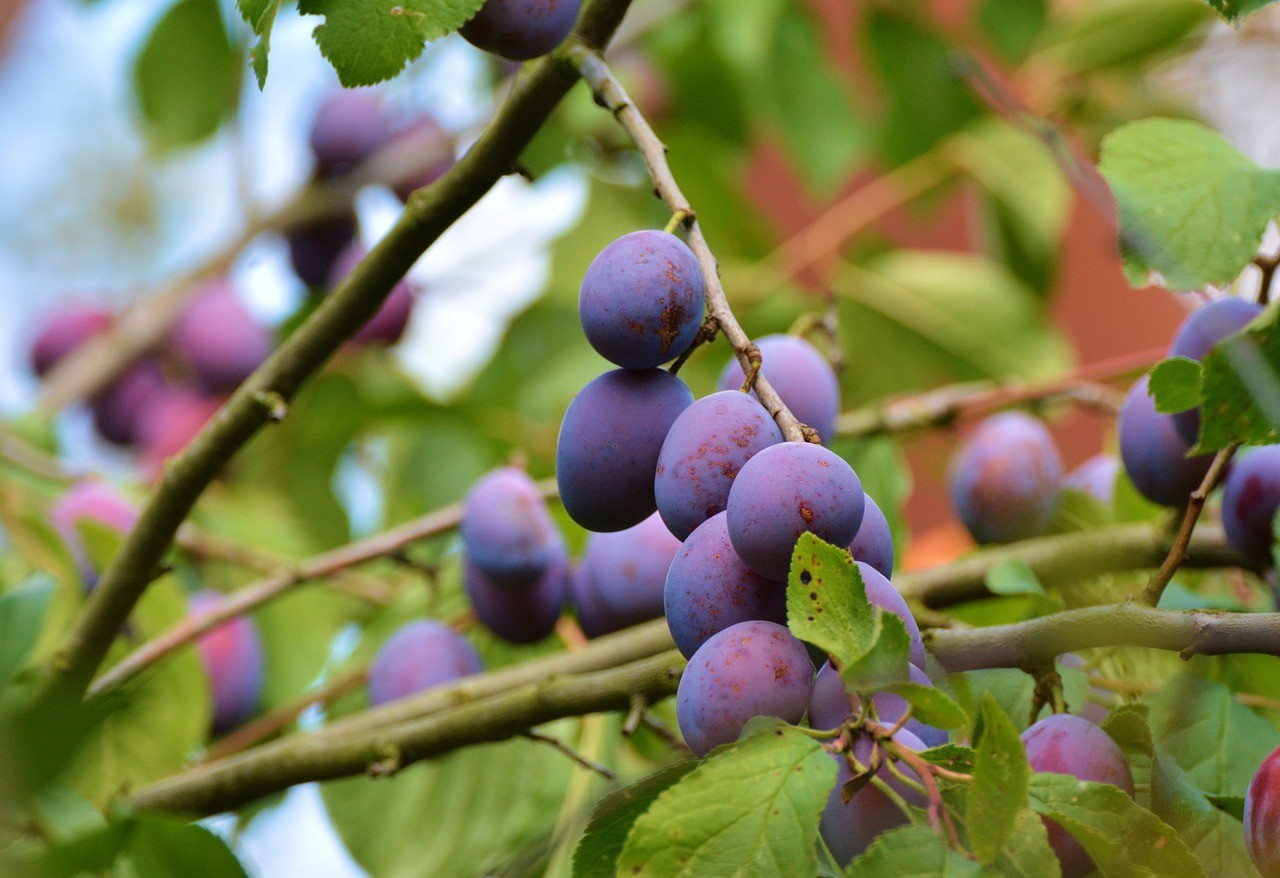
Pruning plum trees focuses on removing dead or overcrowded branches, improving air circulation, and increasing sunlight exposure to fruiting wood. It helps prevent diseases and pests, promotes healthy growth, and ensures better fruit production.
Pruning plum trees is typically recommended during late winter or early spring while the trees are dormant in Zone 6. This is generally done before new growth begins, usually in February or March. Pruning plum trees serves multiple purposes, including shaping the tree, improving air circulation, and promoting optimal fruit production.
It involves removing dead, diseased, or damaged branches and thinning out crowded growth to allow for better sunlight penetration and airflow.
5. Cherry Trees:

Pruning cherry trees helps maintain their shape, remove dead or diseased wood, and improve air circulation within the canopy. Pruning cherry trees is typically recommended during late winter or early spring while the trees are still dormant in Zone 6.
This is usually done before bud break, typically in late February or early March. Pruning cherry trees serves various purposes, including shaping the tree, maintaining a balanced structure, and promoting fruit production.
It involves removing dead, diseased, or damaged branches and thinning out excessive growth to improve air circulation and sunlight penetration. Care should be taken to prune cherry trees carefully as they are susceptible to diseases through open wounds.
6. Citrus Trees:
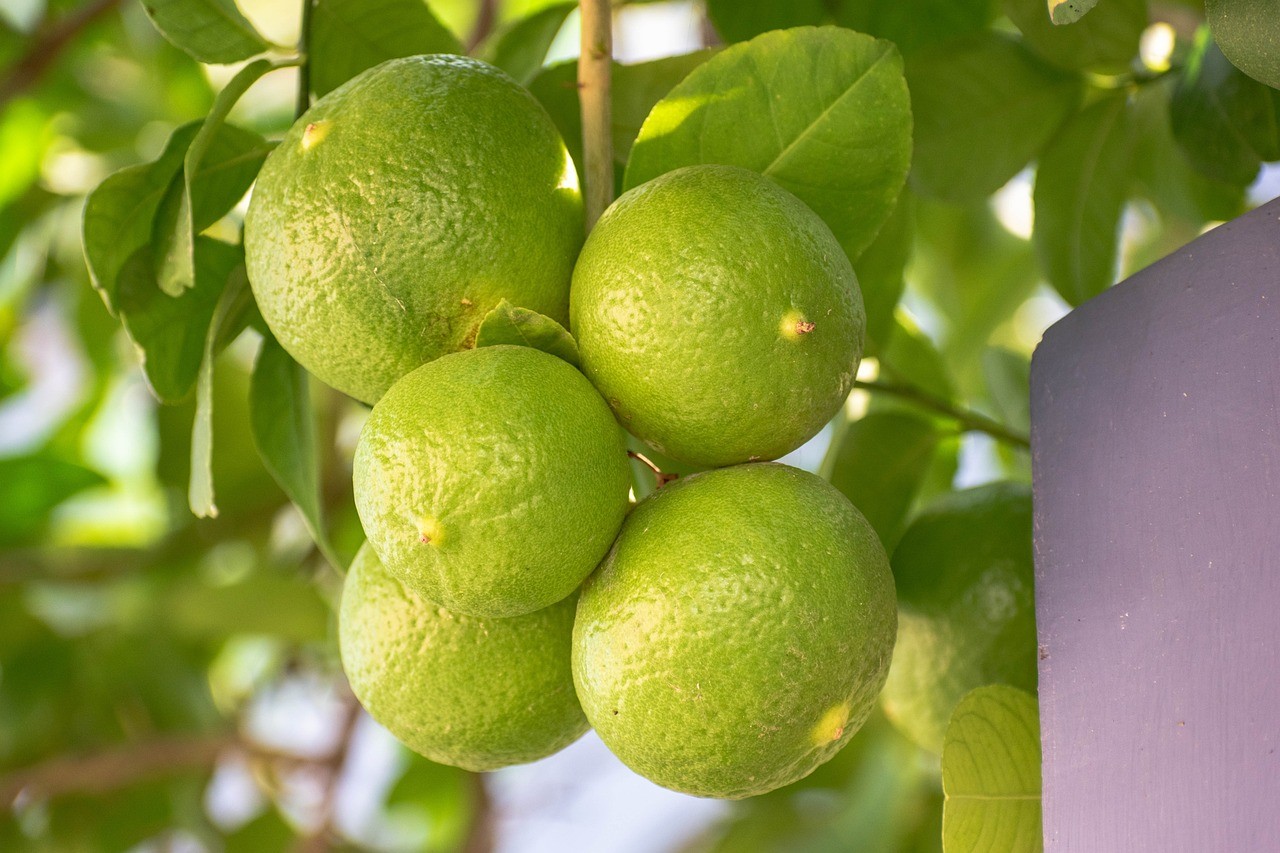
Pruning citrus trees is generally minimal compared to other fruit trees. However, some light pruning can still be beneficial. It is typically recommended to prune citrus trees in late winter or early spring before the active growing season begins. Pruning citrus trees focuses on removing dead or crossing branches, water sprouts, and suckers.
This helps maintain an open canopy, improve air circulation, and enhance sunlight penetration into the tree. It is important to avoid excessive pruning as citrus trees can be sensitive to pruning cuts. Light pruning also helps shape the tree, remove diseased or damaged wood, and promote better fruit production.
Overall, while citrus trees have minimal pruning needs, some selective pruning can aid in their overall health and maintenance.
7. Fig Trees:

Pruning fig trees aim to control their size and shape, as well as promote better fruiting. The best time to prune fig trees is during late winter or early spring before new growth begins. Pruning fig trees involves removing any dead, diseased, or damaged branches, as well as thinning out excessive growth.
It is also important to prune fig trees to control their size and shape, especially if they tend to become too large for the desired space. Additionally, pruning helps improve air circulation and sunlight penetration into the canopy, promoting better fruit production.
8. Apricot trees:

Apricot trees benefit from regular pruning to maintain their health, shape, and fruit production. It is important to prune apricot trees during the dormant season, typically in late winter or early spring before bud break. During pruning, it is advisable to focus on removing water sprouts, crossing branches, and any weak or crowded growth.
Thinning out excess branches helps prevent overcrowding and encourages the development of larger and healthier fruit. Proper pruning of apricot trees promotes tree vigor, enhances fruit quality, and ensures an open and balanced canopy for optimal sunlight exposure.
9. Nectarine Tree:

Pruning nectarine trees is essential for their overall health and productivity. Regular pruning helps maintain the tree’s size and shape, improves air circulation, and increases sunlight penetration to the fruiting wood. It is typically done during the dormant season, before bud break in late winter or early spring.
When pruning nectarine trees, it is essential to remove dead, diseased, or damaged branches, as well as any water sprouts or suckers. By properly pruning nectarine trees, gardeners can ensure a well-structured tree, enhance fruit quality, and facilitate easier harvesting.
10. Persimmon Trees:
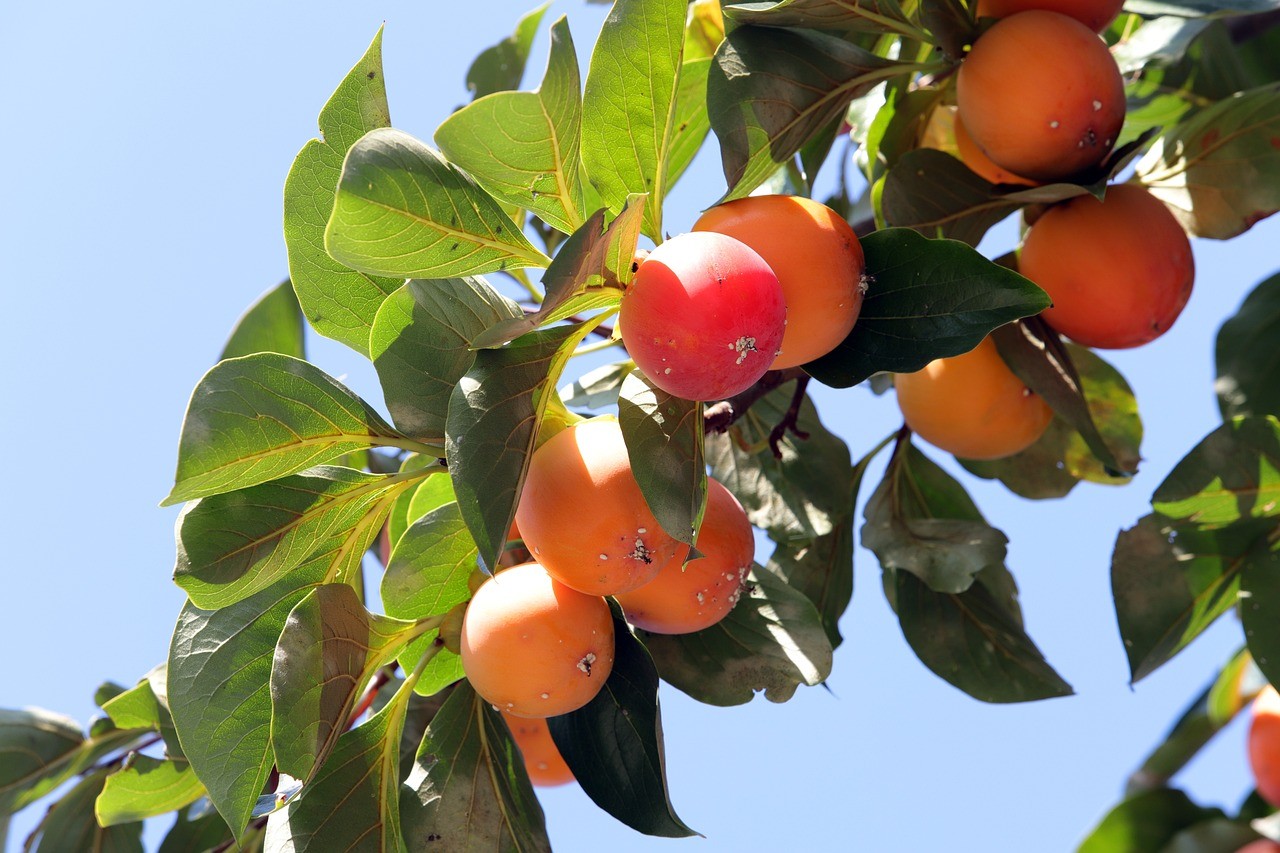
Pruning persimmon trees is beneficial for their overall health and structure. It is best to prune persimmon trees during the dormant season, typically in late winter or early spring. During pruning, focus on thinning out crowded branches to improve air circulation and increase sunlight penetration to the fruiting wood.
Additionally, removing water sprouts or suckers helps maintain the tree’s shape and directs energy toward fruit production. Care should be taken to avoid excessive pruning, as persimmon trees have a natural tendency to develop a spreading shape.
Proper pruning of persimmon trees promotes better fruit quality, facilitates easier maintenance, and enhances the overall productivity of the tree.
11. Pomegranate Trees:

Pruning pomegranate trees is an important practice to maintain their health and promote optimal fruit production. It is typically done during the dormant season in late winter or early spring. Pruning focuses on removing dead, diseased, or damaged branches, as well as any suckers or water sprouts that may emerge.
Thinning out crowded branches helps improve air circulation within the canopy and allows better light penetration, encouraging fruit development.
12. Avocado Trees:

Pruning avocado trees is an important practice for their overall health, shape, and productivity. It is typically done during the late winter or early spring while the tree is still dormant. Pruning avocado trees helps remove dead or diseased branches, improve air circulation within the canopy, and maintain a manageable size for easier harvesting.
It is important to avoid heavy pruning as avocado trees are sensitive to sunburn and pruning cuts can be slow to heal. Focus on selectively removing crossing branches, water sprouts, or any branches that are rubbing against each other.
13. Olive Trees:

Pruning olive trees is typically performed during the dormant season, in late winter or early spring. Pruning olive trees involves removing dead, diseased, or damaged branches, as well as any suckers or water sprouts. Thinning out the canopy helps improve air circulation and sunlight penetration to promote fruit development.
Careful pruning also helps manage the size and shape of the tree, making it easier to harvest olives. It is important to note that olive trees can tolerate heavy pruning and rejuvenation pruning can be done periodically to invigorate older trees.
14. Quince Trees:

It is generally recommended to prune these trees during the dormant season, in late winter or early spring. Pruning quince trees involves removing dead or diseased wood, as well as any weak or crossing branches. Thinning out the canopy helps improve air circulation and sunlight penetration, leading to better fruit development.
Since quince trees tend to have a spreading growth habit, selective pruning helps maintain an open and balanced structure. Additionally, removing water sprouts and suckers encourages the tree’s energy to be directed toward fruit production.
15. Mulberry Trees:

Pruning Mulberry trees are typically done during the dormant season in late winter or early spring. It involves removing dead or diseased branches, as well as any weak or crossing branches. Thinning out the canopy helps improve air circulation, and sunlight penetration, and reduces the risk of disease.
Mulberry trees have a vigorous growth habit, so pruning helps maintain a manageable size and shape. It is important to note that mulberry trees bear fruit on old wood, so pruning should be done carefully to avoid excessive removal of fruit-bearing branches.
16. Kiwi Trees:

Pruning kiwi trees involves removing dead or diseased wood, as well as any weak or crowded branches. It is typically done during the dormant season in late winter or early spring. Thinning out the canopy helps improve air circulation and sunlight exposure, which promotes better fruit development.
Kiwi vines tend to be vigorous, so regular pruning helps manage their size and shape. It is important to note that kiwi trees bear fruit on one-year-old wood, so careful pruning is required to maintain fruiting spurs while encouraging new growth.
17. Guava Trees:

Pruning guava trees is essential and it is typically done during the dormant season in late winter or early spring. Pruning guava trees involves removing dead, damaged, or diseased branches, as well as any suckers or water sprouts. Thinning out the canopy helps improve air circulation, reduce the risk of pests and diseases, and increase sunlight penetration to promote fruiting.
It is also important to shape the tree by selectively pruning branches to maintain a manageable size and improve access for harvesting. Care should be taken not to excessively prune guava trees, as they tend to produce fruit on older wood.
18. Pawpaw Trees:

Pruning pawpaw trees is typically done during the dormant season in late winter or early spring. It involves removing dead, diseased, or damaged branches to maintain their overall health. Thinning out the canopy helps improve air circulation and sunlight penetration, which promotes better fruit development.
Pawpaw trees tend to have a natural branching habit, so pruning focuses on shaping the tree by selectively removing any crossing or competing branches. It is important to note that pawpaw trees produce fruit on new growth, so moderate pruning encourages the development of new branches and enhances fruit production.
Types of Tools That You Need To Prune Fruit Trees
Pruning fruit trees is essential for maintaining their health, promoting proper growth, and increasing fruit production. Several tools can aid in the pruning process. Here are some of the most commonly used tools:
Pruning Shears or Hand Pruners:
[su_button url=”https://www.amazon.com/dp/B00002N66H?tag=saeid035-20″ target=”blank” style=”soft” background=”#0084a5″ color=”#FFFFFF” size=”8″ radius=”round”]Check Latest Price[/su_button]
These are essential tools for cutting small branches and stems, usually up to ¾ inches in diameter. They come in various types, including bypass pruners (blades pass by each other like scissors), anvil pruners (a blade cuts against a flat surface), and ratchet pruners (which provide extra cutting power).
Loppers:
[su_button url=”https://www.amazon.com/dp/B000BX1IB6?tag=saeid035-20″ target=”blank” style=”soft” background=”#0084a5″ color=”#FFFFFF” size=”8″ radius=”round”]Check Latest Price[/su_button]
Loppers have long handles and are designed for cutting branches that are thicker than what hand pruners can handle. They can cut branches up to about 2 inches in diameter and provide extra leverage for easier cutting.
Pruning Saws:
[su_button url=”https://www.amazon.com/dp/B001RD7LRO?tag=saeid035-20″ target=”blank” style=”soft” background=”#0084a5″ color=”#FFFFFF” size=”8″ radius=”round”]Check Latest Price[/su_button]
Pruning saws have a serrated edge and are used for cutting thicker branches that are too large for pruners or loppers. They come in different sizes and tooth patterns, and some are foldable for easy storage and portability.
Pole Pruners or Pole Saws:
[su_button url=”https://www.amazon.com/dp/B01N5610H6?tag=saeid035-20″ target=”blank” style=”soft” background=”#0084a5″ color=”#FFFFFF” size=”8″ radius=”round”]Check Latest Price[/su_button]
For tall fruit trees or branches that are out of reach, pole pruners or pole saws are useful. These tools have an extension pole with a cutting head at the end, allowing you to prune high branches without using a ladder.
Hedge Shears:
[su_button url=”https://www.amazon.com/dp/B01M3WMUF5?tag=saeid035-20″ target=”blank” style=”soft” background=”#0084a5″ color=”#FFFFFF” size=”8″ radius=”round”]Check Latest Price[/su_button]
While not specifically for pruning fruit trees, hedge shears can be handy for shaping and maintaining the dense foliage of certain fruit trees, such as espaliered ones.
Hand Saw:
[su_button url=”https://www.amazon.com/dp/B09NW2R5HQ?tag=saeid035-20″ target=”blank” style=”soft” background=”#0084a5″ color=”#FFFFFF” size=”8″ radius=”round”]Check Latest Price[/su_button]
A small hand saw can be useful for cutting larger branches when you need more control than a pole saw can provide.
Pruning Sealant:
[su_button url=”https://www.amazon.com/dp/B000BZ1JKY?tag=saeid035-20″ target=”blank” style=”soft” background=”#0084a5″ color=”#FFFFFF” size=”8″ radius=”round”]Check Latest Price[/su_button]
While not a tool per se, pruning sealant is a substance used to cover larger pruning wounds. It helps protect the exposed area from pests and diseases and promotes faster healing.
Gardening Gloves:
[su_button url=”https://www.amazon.com/dp/B07MLWK6MS?tag=saeid035-20″ target=”blank” style=”soft” background=”#0084a5″ color=”#FFFFFF” size=”8″ radius=”round”]Check Latest Price[/su_button]
Pruning can be tough on your hands, so a good pair of gloves is essential for protecting your skin and providing a better grip on the tools.
Safety Gear:
[su_button url=”https://www.amazon.com/dp/B01G9J08Q6?tag=saeid035-20″ target=”blank” style=”soft” background=”#0084a5″ color=”#FFFFFF” size=”8″ radius=”round”]Check Latest Price[/su_button]
Depending on the size of the branches you are pruning, safety gear like safety goggles and a helmet may be necessary, especially if you’re using larger cutting tools.
Remember to keep your tools clean and sharp, as this ensures more precise cuts and reduces the risk of spreading diseases between trees. Before pruning, familiarize yourself with the specific pruning needs of the fruit tree species you have, as different types of fruit trees may require slightly different pruning techniques.
Can I Prune Fruit Trees in Zone 6 During the Summer?
Pruning fruit trees in Zone 6 during the summer is generally not recommended, but there are certain circumstances where limited pruning may be necessary. Here are some important points to consider:
Timing:
Summer pruning should be limited to specific situations and done with caution. It’s crucial to avoid pruning during the active growth phase or when the tree is setting fruit.
Limited Pruning:
If you need to prune during the summer, focus on minimal and selective pruning rather than extensive or major pruning. The goal is to address immediate concerns rather than reshape the tree or remove large branches.
Immediate Concerns:
Summer pruning may be necessary to remove dead, damaged, or diseased branches. These branches should be promptly removed to prevent the spread of diseases or to eliminate safety hazards.
Vigorous Shoots:
If the tree produces excessive water sprouts or suckers during the summer, you can selectively remove these shoots to maintain the tree’s shape and redirect energy to productive branches.
Thinning Fruits:
In some cases, fruit thinning may be required during the summer to enhance fruit size, and quality, and prevent branches from breaking due to excessive fruit load. However, be cautious and follow proper thinning practices to avoid reducing the overall yield.
Cautionary Note:
Pruning during the summer can stimulate new growth that may not have enough time to mature and harden off before winter arrives. This new growth is more susceptible to frost damage, pests, and diseases. Therefore, it’s generally advised to prioritize pruning during the dormant season in late winter or early spring.
Remember, if you have significant pruning needs or are unsure about the best course of action for your fruit trees in Zone 6, it’s recommended to consult with a professional arborist or horticulturist who can provide tailored advice based on your specific tree species, health, and local conditions.

How Often Should I Prune My Fruit Trees in Zone 6
Fruit trees in Zone 6 benefit from regular pruning to maintain their health, shape, and productivity. Here are some guidelines on how often you should prune your fruit trees in Zone 6:
Annual Pruning: It is generally recommended to prune fruit trees in Zone 6 on an annual basis. Annual pruning allows you to remove dead, damaged, or diseased branches, shape the tree, and promote proper airflow and sunlight penetration.
Dormant Season: The ideal time to conduct annual pruning is during the dormant season, which typically falls in late winter or early spring before new growth begins. Pruning during this period allows you to clearly see the tree’s structure and make necessary adjustments without interfering with active growth.
Young Trees: Young fruit trees require more frequent pruning to establish a strong framework. In the first few years after planting, focus on shaping the tree by removing competing branches and encouraging a well-balanced structure. This early pruning helps set the foundation for future growth and fruit production.
Mature Trees: Once fruit trees in Zone 6 reach maturity, the emphasis shifts to maintenance pruning. This involves removing any dead, diseased, or broken branches, as well as thinning out crowded areas to promote light penetration and air circulation. Additionally, occasional rejuvenation pruning may be necessary for older trees to stimulate new growth and maintain vigor.
Continuous Monitoring: In addition to annual pruning, it’s important to monitor your fruit trees throughout the growing season. Regularly inspect them for any signs of disease, pest infestations, or structural issues. Promptly address any problems that arise to maintain the overall health and vitality of the trees.
Remember that different fruit tree species may have specific pruning requirements, so it’s advisable to consult species-specific guidelines or seek advice from local gardening experts or arborists familiar with fruit trees in Zone 6.
Most Related Topics of When to Prune Fruit Trees Zone 6: You Should Read
-
When to Prune Fruit Trees for Optimal Results – 4 Significant Times You May Not Know
-
How to Prune Fruit Trees in Winter – 10 Step-by-Step Instructions
-
When to Prune Apple Trees – 10 Significant Tips For Apple Tree Care and Maintenance
-
How to Prune a Young Apple Tree – 8 Easy Step By Step Guide
When to Prune Fruit Trees Zone 6: A Quick And Easy Guide
Frequently Asked Questions
Q: When is the best time to prune fruit trees in Zone 6?
A: Late winter or early spring, before the new growth starts, is the ideal time to prune fruit trees in Zone 6.
Q: Should I prune fruit trees in Zone 6 during fall?
A: Fall is generally not the ideal time to prune fruit trees in Zone 6 because pruning during this time can encourage new growth that may be vulnerable to frost damage.
Q: Are there any specific techniques I should follow when pruning fruit trees in Zone 6?
A: When pruning fruit trees in Zone 6, it’s important to remove dead, damaged, or diseased branches first. Then focus on thinning out crowded areas and shaping the tree to allow better sunlight penetration.
Q: Can I prune fruit trees in Zone 6 during the dormant season?
A: Yes, pruning fruit trees during the dormant season (late winter or early spring) in Zone 6 is highly recommended, as the trees are not actively growing, making it easier to identify and remove unwanted branches.
Q: Are there any exceptions to the recommended pruning time for fruit trees in Zone 6?
A: Yes, some fruit trees may require specific pruning times. For instance, peaches and nectarines are best pruned in early spring to reduce the risk of disease, while cherries are usually pruned during the summer after fruiting.
Q: Can I prune young fruit trees differently than mature ones in Zone 6?
A: Yes, pruning young fruit trees in Zone 6 often focuses on establishing a strong framework and removing competing branches. As trees mature, pruning shifts towards maintaining their shape, controlling size, and improving fruit production.
Q: What should I do if I have neglected to prune my fruit trees in Zone 6 for several years?
A: If your fruit trees have been neglected, it’s best to consult with a professional arborist or horticulturist. They can assess the condition of the trees and provide guidance on how to safely rejuvenate them through proper pruning techniques.
Q: Can I prune fruit trees in Zone 6 after they have started flowering?
A: It’s generally recommended to avoid pruning fruit trees in Zone 6 once they have begun flowering. Pruning at this stage can disrupt pollination and reduce fruit set.
Q: Is there a specific time frame within the late winter or early spring for pruning fruit trees in Zone 6?
A: While exact timing can vary based on local weather conditions, it’s generally advised to prune fruit trees in Zone 6 before bud break and when the trees are still dormant.
Q: Are there any specific considerations for pruning fruit trees in Zone 6 to protect them from cold temperatures?
A: When pruning fruit trees in Zone 6, it’s important to avoid excessive pruning that may stimulate late-season growth vulnerable to frost damage. It’s also advisable to complete pruning well before the first frost date in your area.
Final Opinion
So, when to prune fruit trees zone 6? I hope you have already got your answer. It is generally recommended to prune fruit trees in Zone 6 during the late winter or early spring while they are still dormant. This timeframe, usually in February or March, allows for the removal of dead, diseased, or damaged branches and thinning out excessive growth.
By pruning fruit trees during this period, gardeners can shape the trees, improve air circulation, and increase sunlight penetration to enhance fruit development. However, it is important to consider the specific needs of each fruit tree variety and local weather patterns when determining the ideal timing for pruning.
Consulting local gardening resources or seeking advice from agricultural extension services can provide more specific guidance for effectively pruning fruit trees in Zone 6.
Useful Link – Fruit Tree Pruning










